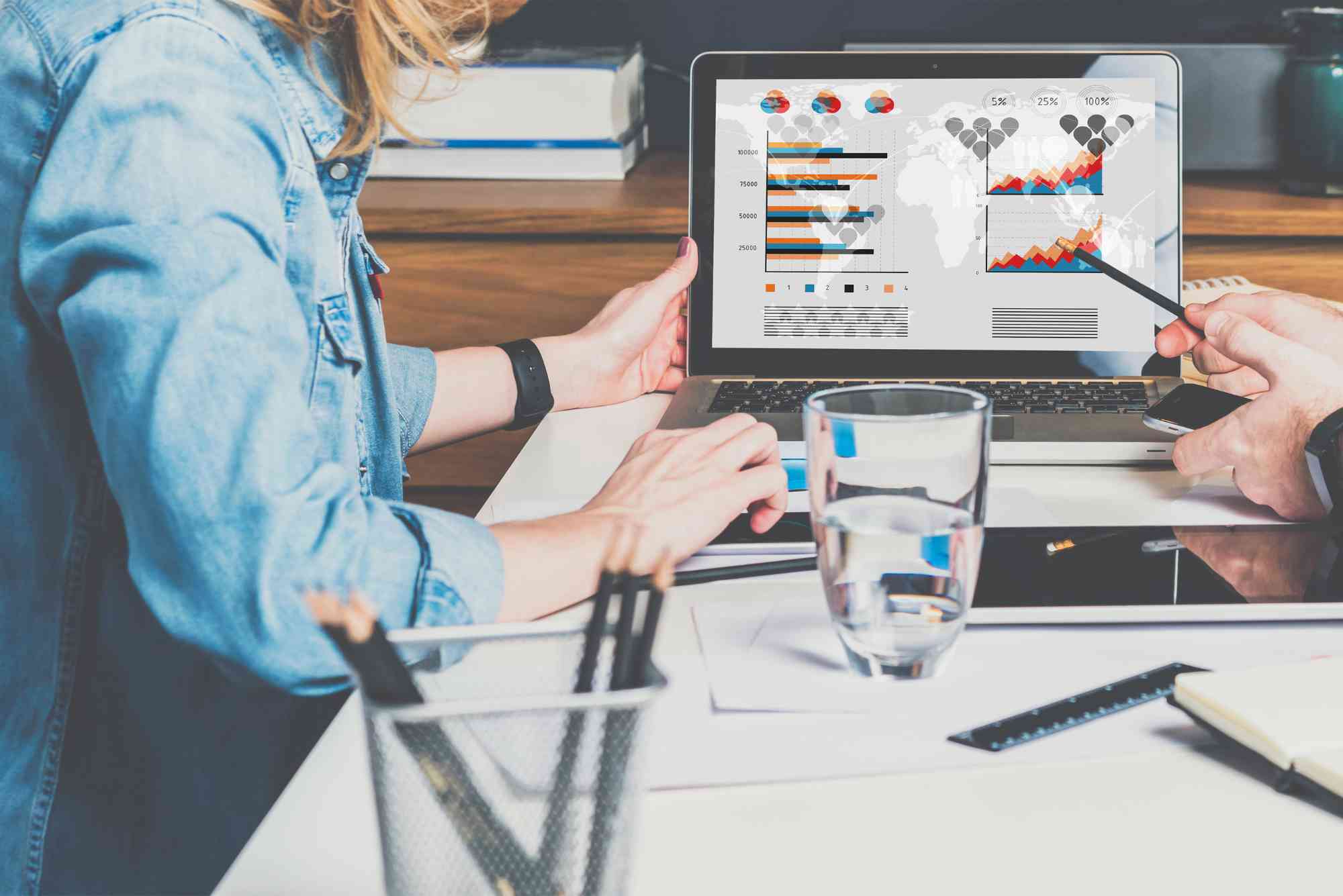New Supplier-Risk Platforms Help Corporates Monitor Scope-3 Exposure
As global companies face mounting pressure to meet sustainability goals, a new generation of supplier-risk management platforms is transforming how organizations track, assess, and reduce Scope-3 emissions. These innovations are enabling corporates to move beyond traditional compliance models and embrace real-time, data-driven visibility into supply-chain environmental impact.
Today’s launch of these advanced platforms marks a major milestone in the corporate sustainability landscape, especially as regulators, investors, and consumers intensify their expectations for transparent sustainability reporting. According to industry analysts, over 70% of a company’s total carbon footprint typically lies in Scope-3 emissions, making supplier-level monitoring crucial for long-term ESG compliance.
Rising Pressure for Scope-3 Accountability
With global frameworks such as the Task Force on Climate-Related Financial Disclosures (TCFD) and EU Corporate Sustainability Reporting Directive (CSRD) tightening requirements, organizations are increasingly obligated to measure and disclose their indirect emissions. However, capturing accurate Scope-3 data has long been one of the most difficult challenges in sustainability reporting.
The new supplier-risk platforms address this gap by offering:
Automated data aggregation from thousands of suppliers
AI-powered risk scoring for emissions, sustainability, and compliance
Predictive analytics to forecast future Scope-3 risks
Real-time dashboards that support executive decision-making
Integrated supplier collaboration tools for corrective action
These features allow corporate sustainability teams to move beyond spreadsheets and outdated manual audits, enabling a more strategic and accountable approach to emissions reporting.
A Shift Toward Technology-Driven Sustainability
The latest digital platforms use machine learning, natural-language processing, blockchain verification, and supplier ESG profiling to provide unprecedented visibility into supply-chain risk. Corporate leaders say this shift is essential as the global economy becomes increasingly interconnected.
“Organizations can no longer rely on static assessments,” said a spokesperson for one of the technology developers. “Dynamic supplier-risk monitoring is now a strategic necessity. These platforms help companies prevent disruptions, improve compliance, and accelerate progress toward net-zero objectives.”
Industry experts also highlight that modern platforms encourage suppliers—particularly in developing markets—to standardize their reporting in line with global expectations. This harmonization helps organizations create more resilient, transparent, and low-carbon supply chains.
Corporate Benefits of Supplier-Risk Platforms
Businesses adopting the new tools can expect a broad range of operational and strategic advantages:
Enhanced ESG Compliance
Automated compliance checks ensure alignment with global frameworks such as GHG Protocol, ISO 14064, and regional climate reporting laws.
Improved Supply-Chain Transparency
Companies gain full visibility into supplier emissions, performance trends, and sustainability risks, allowing better procurement decisions.
Cost Reduction Through Efficiency
Digitized workflows eliminate manual processes, reduce audit expenses, and optimize supplier onboarding.
Stronger Supplier Engagement
Collaboration modules allow companies to guide suppliers toward improved sustainability practices and emissions reduction.
Investor Confidence
Real-time reporting and verifiable data strengthen investor trust and support ESG-driven capital allocation.
Market Momentum and Global Adoption
The adoption of supplier-risk platforms is rapidly increasing across industries such as manufacturing, retail, technology, logistics, and financial services. Many corporations are integrating these tools into their enterprise-wide ESG strategies.
Industry analysts attribute this momentum to three main drivers:
Regulatory enforcement becoming stricter
Customer expectations shifting toward sustainability
Financial institutions incorporating ESG risk into lending and investment decisions
Market leaders expect exponential growth over the next five years as more companies commit to net-zero pathways. A detailed overview of Scope-3 emissions and their corporate impact can be explored through resources such as the GHG Protocol guidelines and international climate-risk assessments published by CDP Global.
Innovation Driving the Next Era of Corporate Sustainability
The new supplier-risk platforms are redefining how businesses understand and manage environmental impact. With their ability to harmonize massive datasets, assess risk instantly, and maintain continuous supplier engagement, these tools represent the next wave of ESG innovation.
As global businesses continue to embrace decarbonization and responsible sourcing, technology-driven solutions like these will play an increasingly critical role in shaping sustainable supply networks. By equipping corporates with accurate data, transparent insights, and actionable intelligence, supplier-risk platforms are enabling measurable progress toward cleaner, more accountable global operations.
About the Initiative
The new supplier-risk monitoring systems were developed in collaboration with environmental analysts, technology innovators, and global supply-chain experts. Their goal is to empower organizations with reliable tools to track Scope-3 exposure and create sustainable value chains aligned with international climate commitments.







